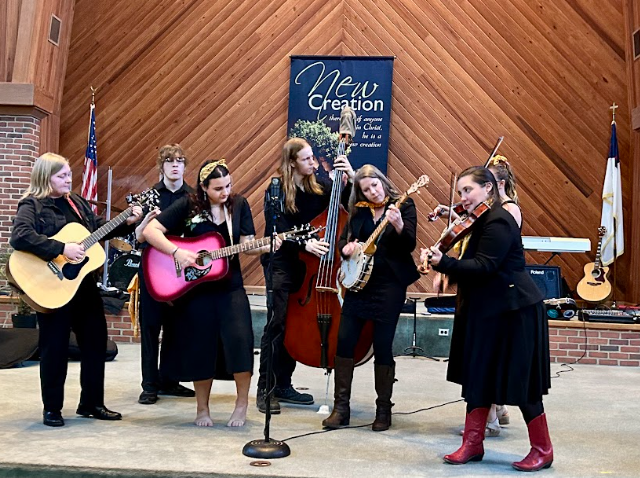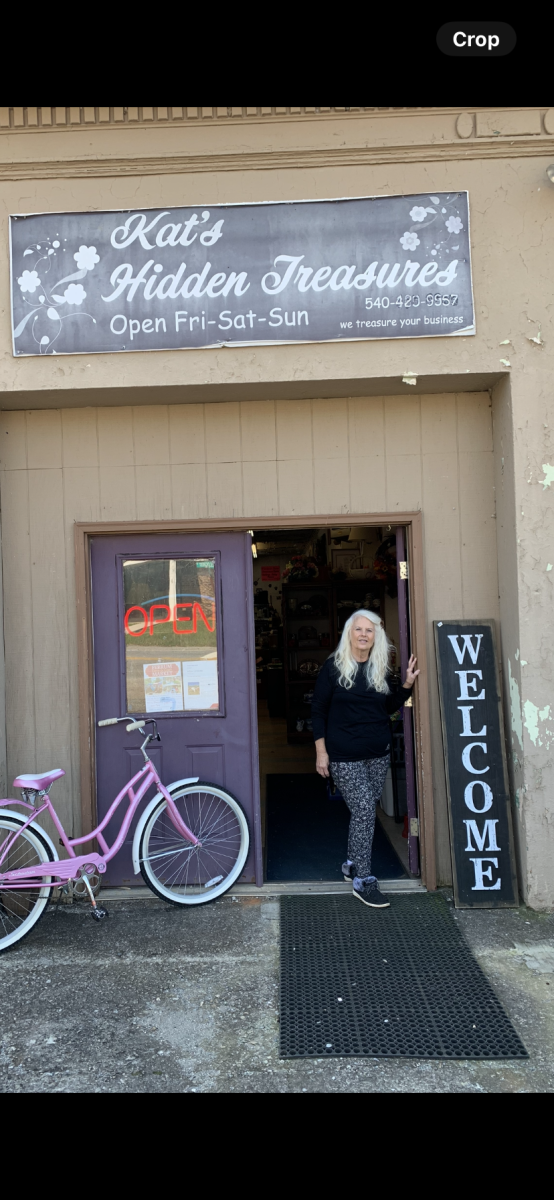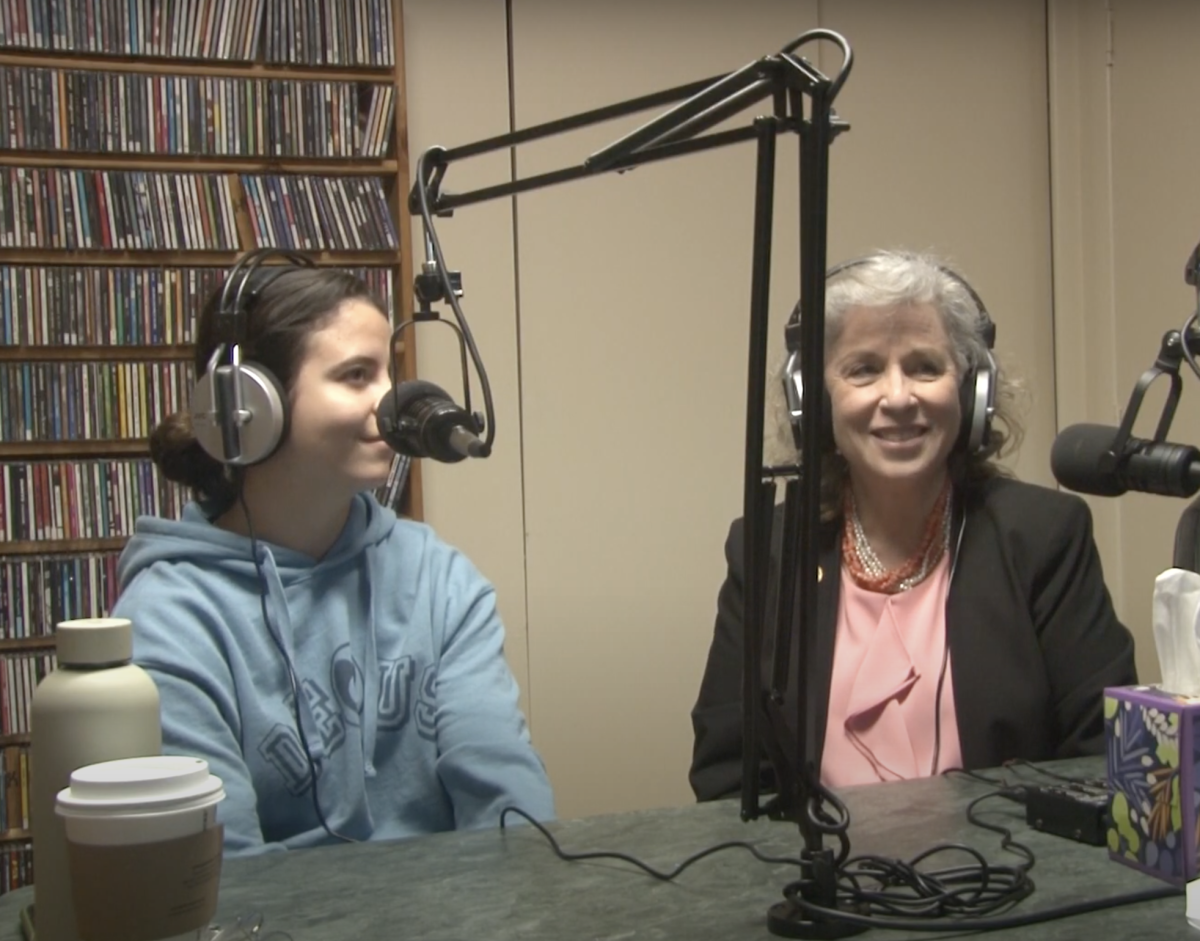PRO/CON: TikTok Should Not Be Banned in the U.S.

February 6, 2023
Hooked is an understatement.
TikTok has this generation enamored.
TikTok has come in and changed the game. I know this because even my mom is on it, and she is not even a social media person.
TikTok is often looked down upon as a waste of time.
Even so, TikTok is one of the most-used apps currently by all ages. TikTok is not only an app for trendy dances and entertainment, but it is also a source of income for many. This is a platform where many have found a safe space. It it can be informative, and many use it to watch videos of people they can honestly relate to.
As social networks and media platforms evolve, so do our habits and behaviors. I know for a fact that what I like today is definitely not what I liked three months ago.
Think back to your early social media days–before the explosive growth of apps like TikTok and Instagram, our social media experiences and the content we consumed were largely dependent on those we chose to “friend”. The beauty of this app is that it gives the most common citizen a platform to reach out to others like themselves.
What makes TikTok different is that it’s hyper-personalized. It’s so specific to your personal and professional interests that no two individuals’ feeds are the same.
With its personalized feeds of quirky short videos set to music and sound effects, the app is notable for its addictive quality and high levels of engagement. TikTok’s key differentiator is that the algorithm was built on an “interest graph”. It works using your interests and content that you interact with, capturing your likes and dislikes and associating you with other user groups who share those interests.
The use of short-form videos benefits all users, creators and the platform itself. For users, we can consume a high dose of personalized content in a relatively short amount of time. For creators, you can get discovered more quickly while repurposing longer form content into bite-size pieces. And for the app, short-form videos get the data they need faster, so they can personalize the in-app experience and algorithm more efficiently.
It’s no surprise that the global leaders in social media are taking note. TikTok’s popularity and the success of the FYP (For You Page) has literally propelled all the other large social platforms to build their own short form video products and shift their focus to prioritizing interest graphs over social graphs.
(Please click here for the dissenting view)

























